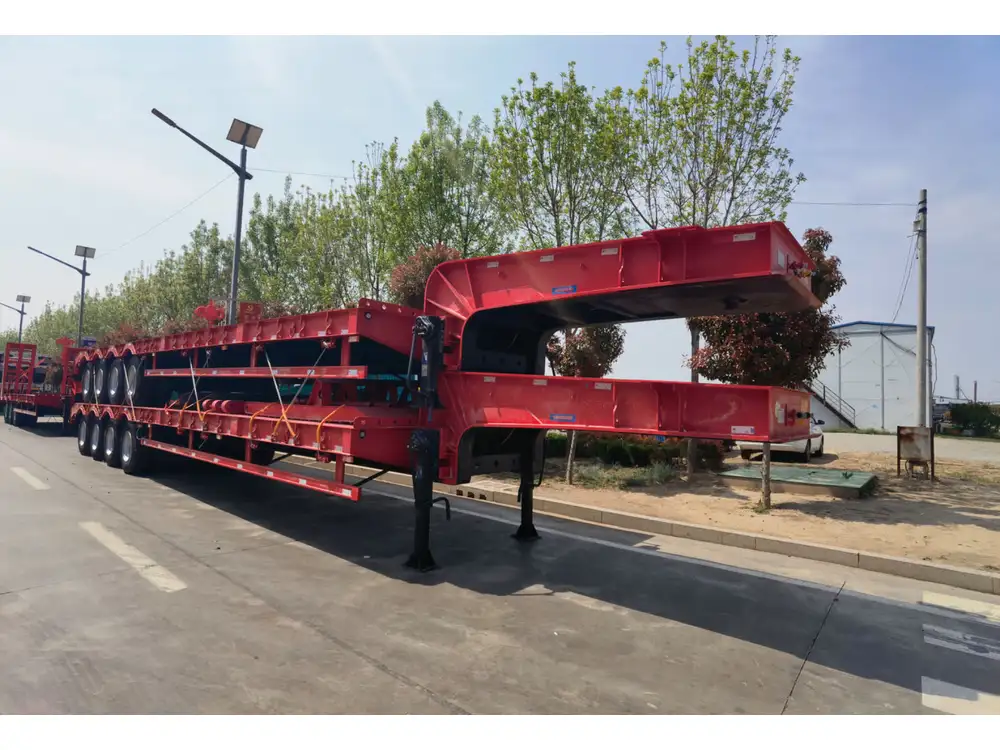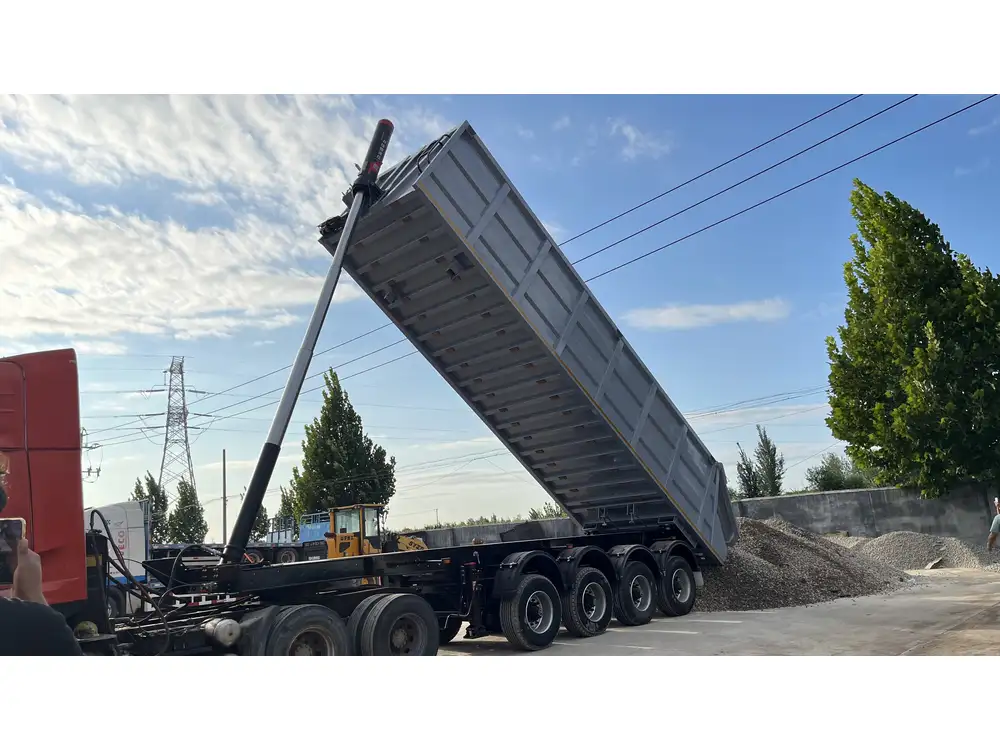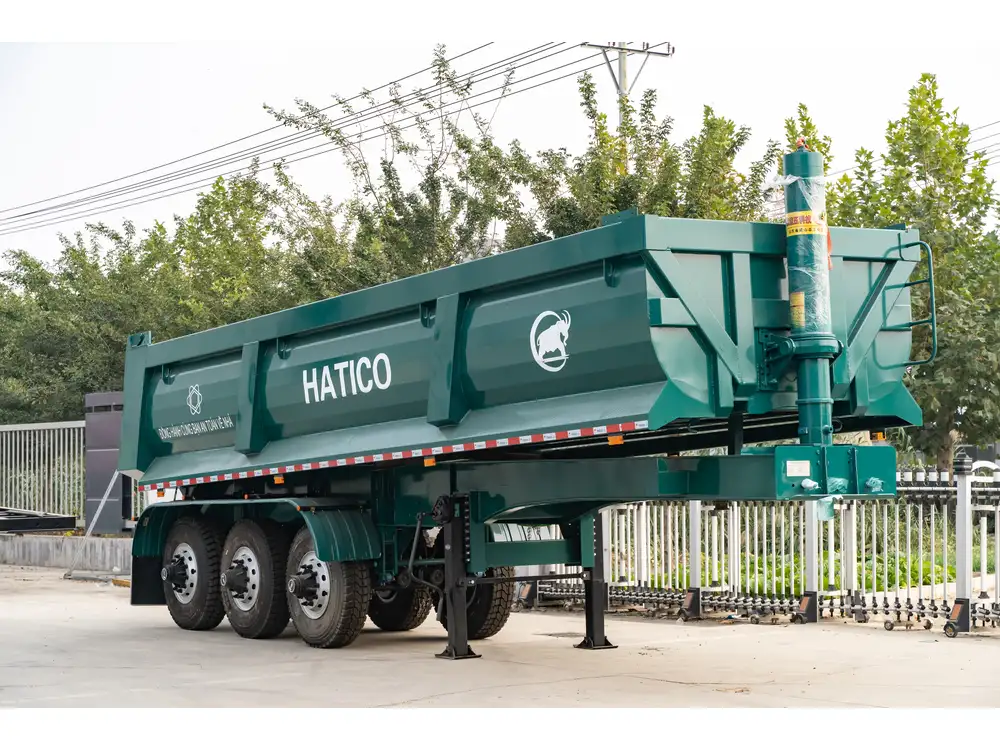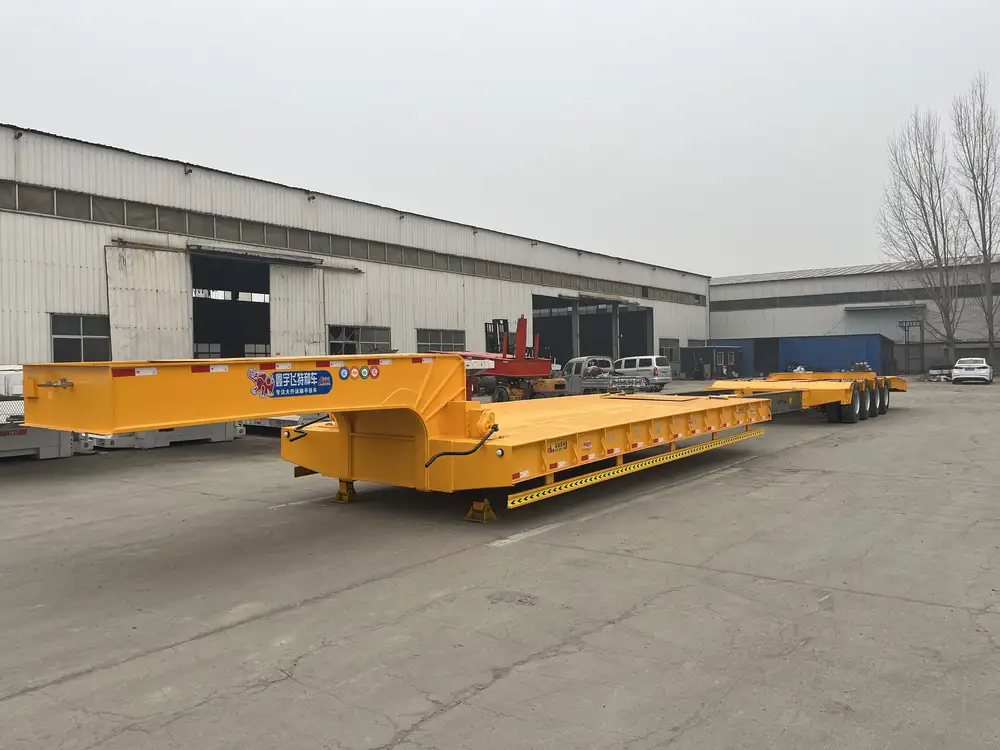In the realm of transportation and logistics, the dimensions of semi-trucks play a critical role in determining efficiency, compliance, and operational strategies. One of the most significant factors affecting logistical operations is the length of a semi-truck with a 53-foot trailer. As a manufacturer in the semi-trailer sector, understanding this metric is essential not only for production but for assisting our clients in optimizing their fleets.
The Integral Measurements of Semi-Trucks
Standard Length of a Semi-Truck and Trailer
When considering the dimensions of a semi-truck with a 53-foot trailer, it is vital to take the full length into account. The standard length of the truck’s cab, also referred to as the tractor, typically spans between 20 to 25 feet. Therefore, when calculating the total length:
- Trailer Length: 53 feet
- Tractor Length: Around 20 to 25 feet
This results in a combined total length of approximately 73 to 78 feet.
| Component | Length (feet) |
|---|---|
| 53-Foot Trailer | 53 |
| Semi-Truck Tractor | 20 – 25 |
| Total Length | 73 – 78 |

Importance of Accurate Measurements
Understanding the total length of a semi-truck with a 53-foot trailer is crucial for various reasons:
Regulatory Compliance: Different states and municipalities have regulations regarding maximum vehicle lengths on highways and byways. Excess lengths can result in fines and logistical challenges.
Route Planning: Accurate measurements assist in effective route planning, ensuring that the selected pathways accommodate larger vehicle sizes.
Parking and Maneuvering: Limited spacing in urban environments necessitates precise knowledge of a vehicle’s dimensions to avoid complications in parking and maneuvering.
Why Choose a 53-Foot Trailer?
Advantages of a 53-Foot Trailer
Opting for a 53-foot trailer presents numerous advantages for logistics:
Increased Cargo Capacity: A 53-foot trailer generally provides higher cubic capacity compared to shorter options, maximizing payload efficiency.
Versatility: These trailers can accommodate various freight types, from dry goods to refrigerated products, making them a versatile choice for diverse transportation needs.
Reduced Number of Trips: The enhanced cargo capacity can potentially reduce the number of trips required, leading to decreased fuel consumption and lower operational costs.

Disadvantages of a 53-Foot Trailer
Despite the advantages, there are inherent challenges to consider:
Weight Restrictions: While cargo volume can be maximized, weight limits must also be adhered to, necessitating strategic loading to avoid exceeding local regulations.
Tighter Maneuverability: Longer vehicles often face difficulties in urban environments with limited space, requiring skilled drivers to maneuver effectively.
The Maneuverability Dilemma
Turning Radius
A pivotal aspect of operating a semi-truck with a 53-foot trailer is understanding its turning radius. Generally, a semi-truck’s turning radius can vary, typically falling within 20 to 55 feet. Various factors influence this, including the design of the tractor, the length of the trailer, and the relative position of the rear axle.
- Standard Turning Radius: 20 to 30 feet for the tractor without the trailer.
- Increased Radius Impact: Adding a 53-foot trailer can increase the turning radius significantly.
| Aspect/Vehicle | Turning Radius (feet) |
|---|---|
| Tractor Only | 20 – 30 |
| Tractor with 53-Foot Trailer | 40 – 55 |

Additional Considerations
Road Geometry: Curved roads and entrances can present additional challenges when navigating with a semi truck. The design of these roadways should accommodate substantial vehicle lengths.
Parking Constraints: In urban settings or tight loading docks, parking can become increasingly difficult as vehicle length adds complexity.
Legal Implications of Length Variance
Regulatory Framework for Vehicle Lengths
In the United States, the Federal Highway Administration (FHWA) imposes specific regulations concerning the maximum lengths allowed for commercial vehicles. A standard semi-truck with a 53-foot trailer adheres to these regulations, but variances could lead to severe penalties.
| Regulatory Body | Maximum Length (feet) |
|---|---|
| Federal Regulations | 53 (trailer) + tractor |
| State Regulations | Varies (check local laws) |

Consequences of Over-Legal Lengths
Exceeding the length restrictions can result in:
Fines and Penalties: Transporting loads that exceed legal lengths often leads to costly fines.
Operational Delays: Over-length trucks may require special permits or escorts, causing scheduling complications.
Frequently Asked Questions
How Come Some Trailers Are Shorter?
While the 53-foot trailer is widely adopted, other lengths (e.g., 48-foot trailers) exist to meet specific logistical requirements and space constraints in particular industries or goods.

Is There a Weight Limit for a 53-Foot Trailer?
Yes, there are federal and state maximum weight limits that typically cap at 80,000 pounds when including both truck and cargo weight. It’s essential to distribute this weight properly across the axles to maintain vehicle safety and compliance.
Can a 53-Foot Trailer Operate on All Roads?
Not all roads can accommodate the complete length of a 53-foot trailer. Therefore, it’s crucial to check local regulations and road signs indicating weight and length restrictions.
Enhancing Operational Efficiency

Strategic Route Planning
Developing a logistics plan that considers truck dimensions vastly contributes to the efficiency of freight movements. Implementing robust software and tools can facilitate:
Dynamic Mapping: Utilizing GPS technology to account for real-time traffic and road configurations that align with truck dimensions.
Predictive Analysis: Leveraging historical traffic patterns can improve planning accuracy with respect to operational delays.
Investing in Driver Training
Skilled drivers trained to handle larger vehicles are essential. Implementing specialized training programs focused on:
Maneuvering with Length: Practical sessions focusing on cornering techniques specific to longer trailers.
Understanding Regulations: Ensuring drivers are fully aware of the legal parameters governing vehicle sizes and their implications.
Conclusion: Embracing the Semi-Truck Dimension Dynamics
The operational landscape for logistics and transportation teams is continuously evolving, heavily influenced by the dimensions and design of semi-trucks and trailers. Understanding the complete impact of a semi-truck with a 53-foot trailer is not just about measuring length— it encompasses a myriad of regulations, operational efficiencies, and strategic planning that can ultimately dictate the success of freight movement operations.
Through precise knowledge and understanding of the complexities associated with vehicle dimensions, logistics professionals can effectively navigate the coupled challenges of compliance, safety, and efficiency— paving the way for improved services and customer satisfaction in the dynamic world of transportation logistics. Thus, whether you are a fleet manager, a logistics coordinator, or a transportation entrepreneur, grasping the nuances of these measurements becomes vital for optimizing operations and driving success in today’s competitive landscape.



